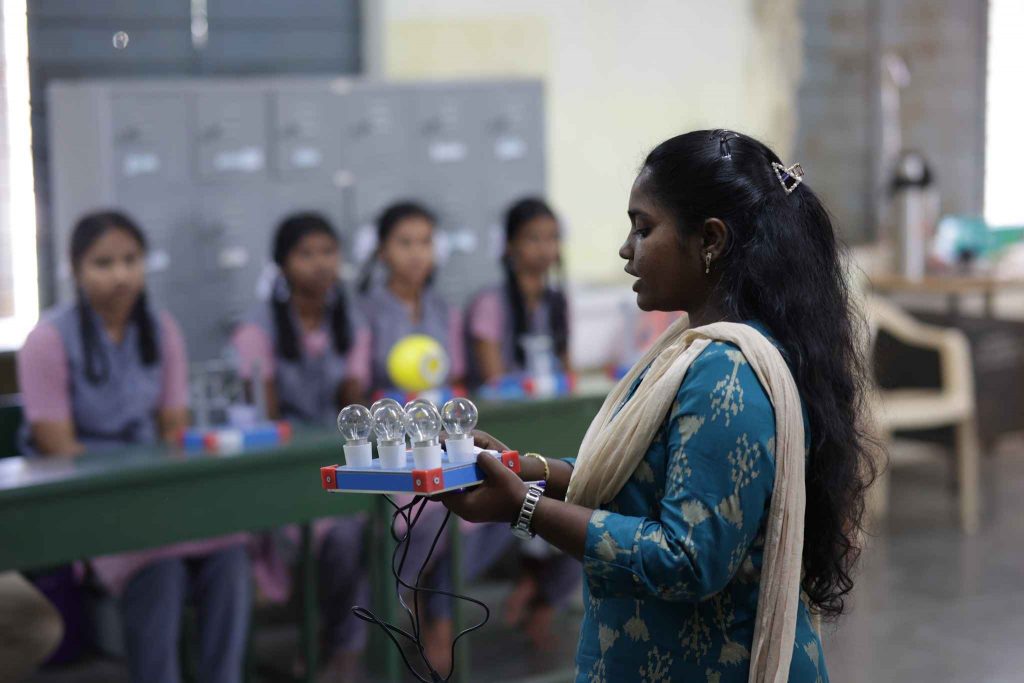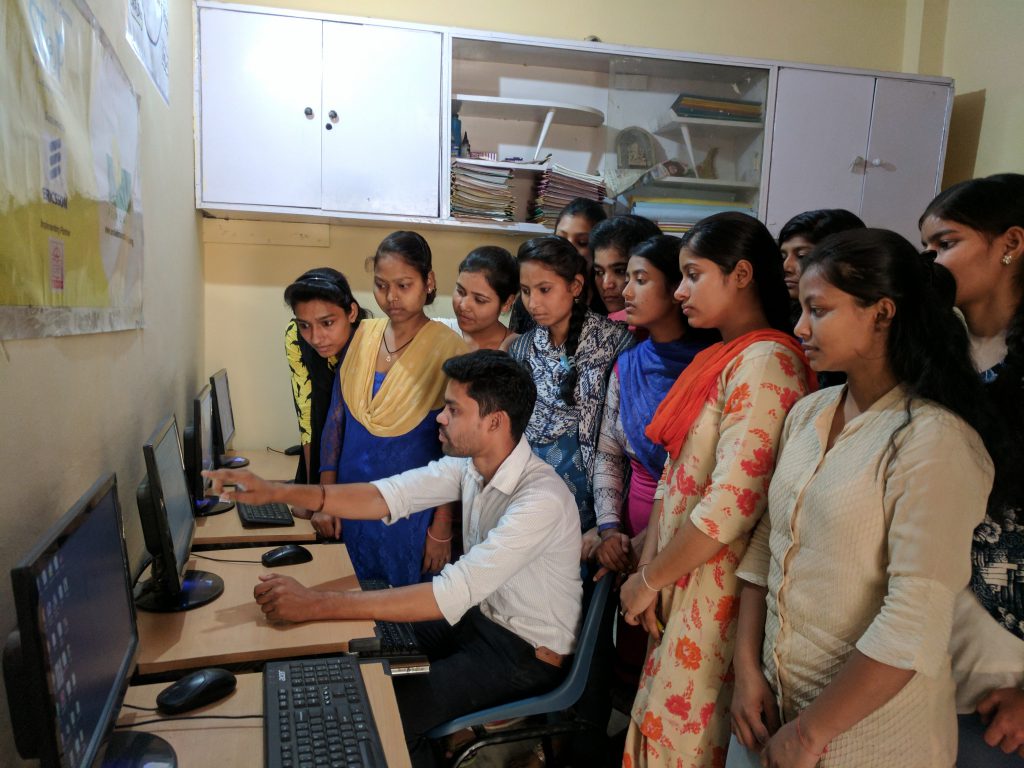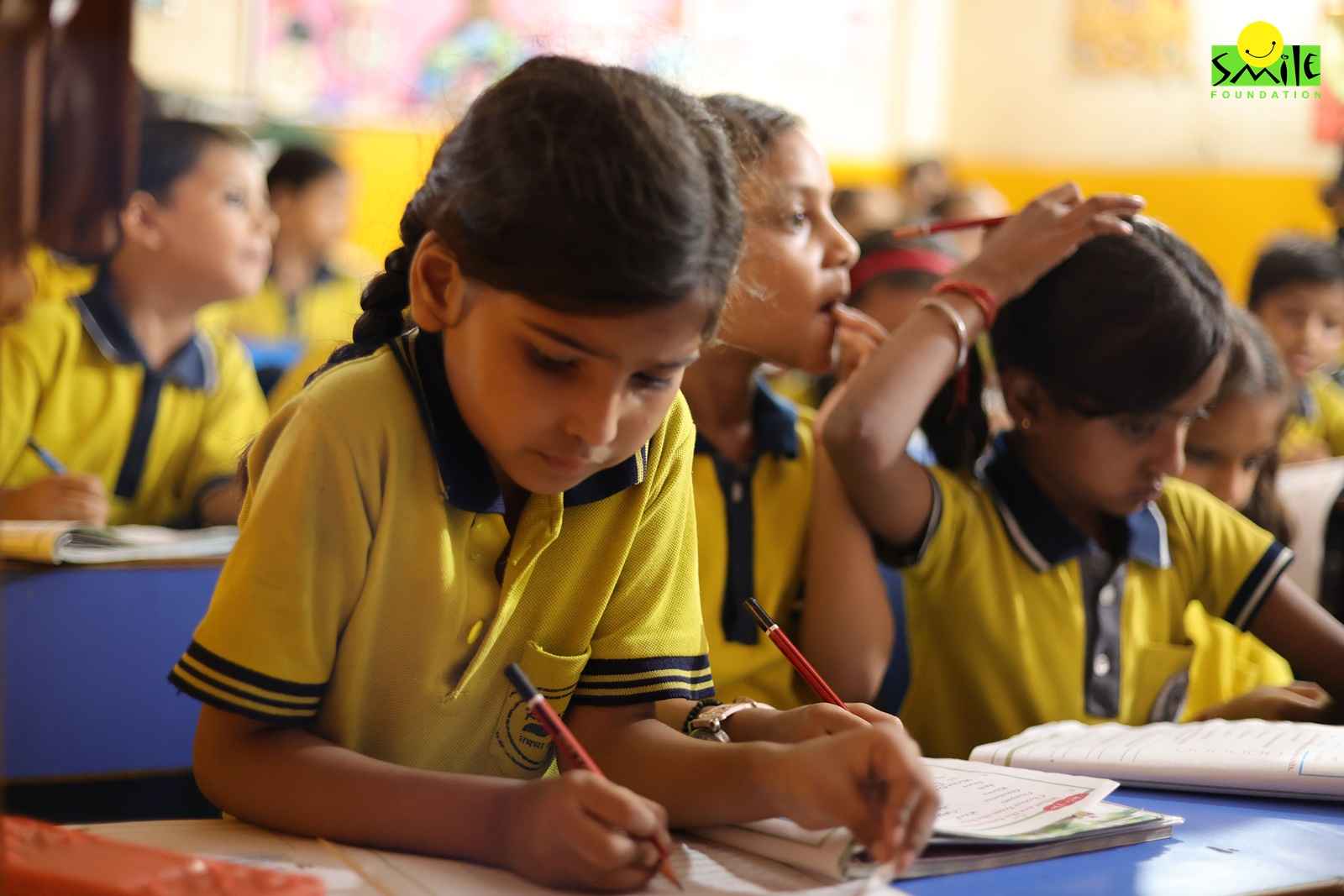Sustainability is no longer the future, using it to gain social currency, is also passé. With the exhilarating growth rate of the nation, there lies a significant revolution of sustainability awareness. With clean food, and a clean environment, we also need the greening of our education system.
Kids already know about planting trees and 3Rs- recycle, reduce, reuse. We need to further teach them the true aspect of environmental consciousness. Our education system needs to incorporate E-STEM (Environmental, Science, Technology, Engineering, and Mathematics) into the curriculum. From curriculum reforms under NEP 2020 to sustainable campuses, India’s educational system needs to critically evaluate. The curriculum needs to make schools future ready nurturing the new generation of environmentally aware citizens.
The concept of green education in India isn’t novel. It recalls the ancient Gurukul system, where learning was intertwined with nature. Today, this philosophy is being revived and reinterpreted to meet contemporary ecological challenges. Environmental Education (EE) has also been mandated by the Supreme Court of India, reflecting a national acknowledgment of its importance.
During school days, we rolled eyes, saying who is going to ask us geometry formulas or periodic tables after we complete our schooling and step into the real world. Yes, real-life challenges don’t test your abilities of mathematics, science etc., on an individual subject basis but it tests your abilities to handle the situation using your STEM knowledge with the practicality of life.
It helps you sail through life with ease. Just like STEM learning is important, we need to integrate the environment, making it E-STEM. This will involve a holistic approach that emphasises the interconnectedness of these disciplines.
E-STEM learning is key to a sustainable future
E-STEM learning contributes to environmental sustainability by equipping students with the knowledge and skills necessary to understand and address environmental challenges. It raises awareness about sustainability issues, encouraging students to think critically about their impact on the environment.
Their knowledge will help them apply STEM principles to create innovative solutions for environmental problems. It fosters an interdisciplinary approach, integrating environmental science with technology, engineering and mathematics to solve complex ecological issues.
Through hands-on projects, students gain practical experience in environmental stewardship. They learn how to conduct experiments and analyse data related to sustainability. This makes them informed citizens who can advocate for and implement sustainable practices in their communities.
It further prepares students for careers in the growing field of environmental science and sustainable technology, which are important for the future of our planet.
Integrating E-STEM WITH STEM Learning
In essence, E-STEM learning is a powerful tool for promoting environmental sustainability. It helps students develop a sense of responsibility towards the planet and provides them with the capabilities to make a positive difference.
By integrating environmental education with STEM, we can foster a generation of learners who are not only technologically proficient but also environmentally conscious and committed to making the world a more sustainable place.
- Teachers can encourage collaboration among students from different STEM backgrounds to foster a deeper understanding of how these disciplines interact in the environmental contexts.
- Design projects that could involve designing sustainable systems or analysing the impact of human activities on ecosystems and students can apply knowledge of the E-STEM area to solve the real-world environmental problems.
- Schools should invest in professional development for teachers to build their capacity to teach integrated E-STEM subjects.
- Conduct workshops and seminars with environmental organisations or professionals to provide students with insights into real E-STEM careers and practices.
- Teachers must utilise technology and digital resources for a flexible learning environment to enhance learning experience. They can also use current environmental issues as a context that can help students understand the relevance of their learning and its impact on the world around them.
- Schools should implement assessment strategies that reflect the integrated nature of E-STEM, such as portfolio assessments, project-based assessment and performance tasks that require students to demonstrate their understanding across multiple disciplines.
E-STEM Projects for all age-group
E-STEM projects are designed to engage students in learning about the environment through the lens of science, technology, engineering and mathematics. These projects not only provide hands-on learning experiences but also help students develop critical thinking and problem-solving skills.
They can be adapted for different age groups and learning environments, making them versatile tools for educators looking to incorporate E-STEM into their curriculum. Projects that can inspire students and engage their learning about the environment through the lens of science, technology, engineering and mathematics.
A few important topics for the projects can be Renewable Energy Exploration, Water Conservation and Filtration Systems, Ecosystem Models, Weather Stations, Soil Erosion Studies, LEGO Engineering Challenges, Earthquake-Proof Structures, etc.
Schools are integrating Green Education into their curriculum
The Central Board of Secondary Education (CBSE) and several state boards have integrated EE into their curriculum. Subjects like Environmental Science (EVS) are academic disciplines designed to instill a sense of environmental ethics from a young age.
Topics cover a broad spectrum, from biodiversity and conservation to sustainable development and climate change, aiming to create informed and proactive citizens. Beyond textbooks, green education thrives on hands-on experiences. School gardens, recycling projects, and wildlife conservation trips are becoming part of the educational journey.
These experiences are not just extracurricular activities- they are important components of learning. They teach students about the interconnectedness of life and the importance of preserving it.
Further, educational institutions across India are transforming into eco-friendly spaces. Solar panels adorn rooftops, rainwater harvesting is becoming commonplace and zero-waste initiatives are gaining momentum. The Indian Institute of Technology (IIT) campuses, for instance, are leading by example with their sustainability drives, showcasing how technology and tradition can coalesce to create green havens.
Green Education is not just a color – It’s a movement
The journey towards a sustainable and enlightened future through green education is a collective effort that requires the participation of all stakeholders—government, educators, students and the community. Though a few challenges such as budget constraints, lack of trained educators in EE, and the pressure of academic performance can sideline green initiatives.
The concerted efforts of all the stakeholders together can transform into future environmental stewards. Students will emerge as environmentally conscious individuals who understand the gravity of ecological issues. They will carry forward the principles of sustainability into higher education and their future workplaces, becoming ambassadors for change.
Further with a strong foundation in E-STEM, students are better prepared to compete in a global workforce. A workforce that prioritises environmental sustainability and technological literacy. Green education has the potential to transform society, making sustainability a lived reality rather than an abstract concept.
As India continues to nurture this green vision, it sets an example for the world, proving that when it comes to education, green is not just a color – it’s a movement.









